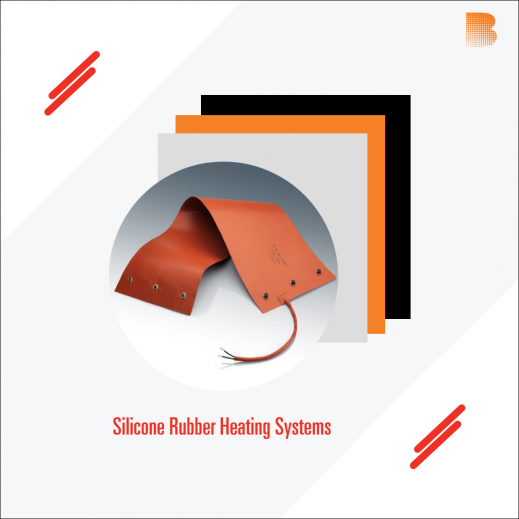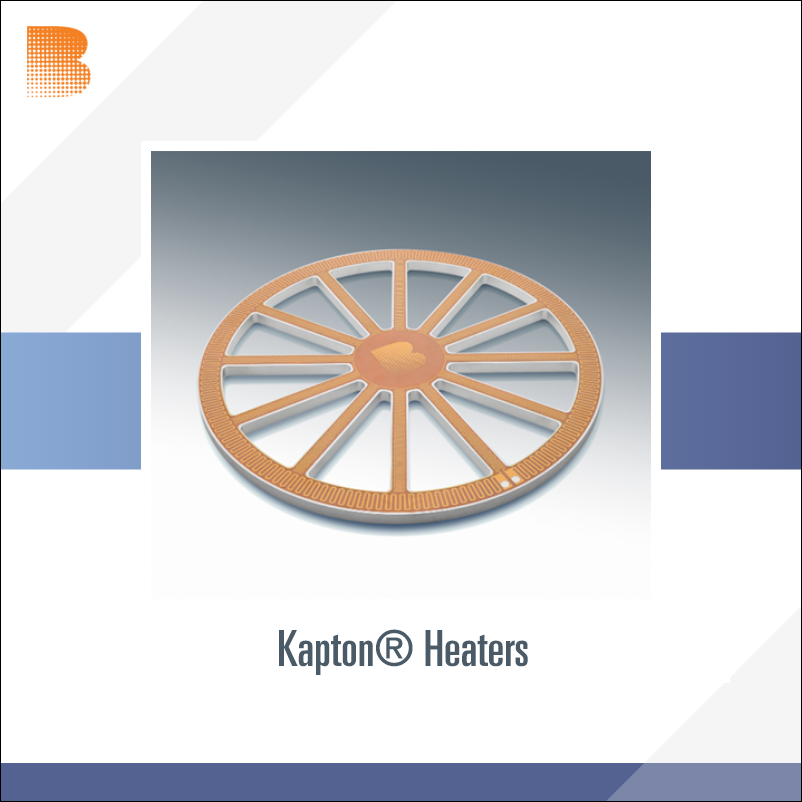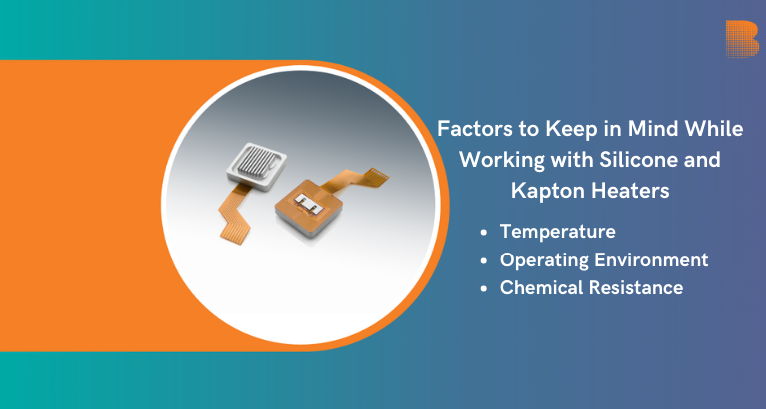Flexible heaters are used in various commercial and industrial applications for effective temperature management. These heaters are made from various materials such as Kapton®, silicone rubber, butyl, and mica. Among these, silicone rubber and Kapton® (polyimide) heaters are quite popular; they are known for flexibility, thermal transfer, and rapid warm-up capabilities. The selection of either of these heaters may involve several considerations, but addressing their limitations or challenges is one of the most overlooked aspects. Manufacturers need to respond to a few key factors that contribute to the overall performance of these heaters in several applications. Overlooking these factors will increase the chances of application failure. This post provides a brief introduction to these heaters and offers insights into their limitations.
A Brief Overview of Silicone and Kapton® Heaters
Before addressing the limitations of these heaters, it is important to understand their characteristics.
-
- Silicone Heaters: Made of silicone rubber, these heaters feature rugged construction and possess immense flexibility. Silicone rubber heaters are chemical resistant, improving their utility in applications where they may be exposed to chemicals. These heaters are offered in wire wound and etched foil designs, and can be paired with different temperature control elements such as thermocouples, fuses, thermostats, heat sinks, and wiring harnesses for improved temperature control. Silicone heaters possess a wide temperature range from -40°C up to 200°C, making them useful for a variety of applications.

-
- Kapton® (polyimide) Heaters: These heaters are made from Kapton®, a thin polyimide material developed by DuPont. Over the years, Kapton® heaters have gained popularity over standard polyimide flexible heaters due to their extremely thin profiles. This thin profile ensures uniform heating in applications where precise heating is a key requirement. The profile also allows for rapid heat-up and cool-down times, and makes them ideal for applications with complex shapes. Like silicone heaters, Kapton® heaters can be used in high- and low-temperature applications. Owing to their features and versatility, these heaters find applications in such industries as medical, defense, chemical detection, semiconductor processing, and so on.

Things to Keep in Mind While Working with Silicone Heaters and Kapton® (Polyimide) Heaters

The following are a few factors that you need to address when using these heaters in your applications.
- Operating Environment: Silicone and Kapton® flexible heaters are known to resist elements such as radiation, moisture, and chemicals; this allows the heaters to be used in applications where such elements can be a big concern. However, care must be taken to ensure that these heaters are not exposed to temperatures above or below their operating temperature range.
- Temperature: Silicone heaters possess a vast operating temperature range. They can be easily operated at temperatures as low as -40°C and as high as 200°C. Kapton® heaters can be operated in temperatures as low as -195°C and as high as 260°C. Operation outside of this range may result in failure.
- Chemical Resistance: Kapton® heaters possess excellent chemical resistance and can resist most salt chemistries and acids. However, silicone heaters have limitations with certain chemicals. They fare well in environments where they may encounter salts such as sodium hydroxide and sodium carbonate. However, they may not be the best choice for environments where they may be exposed to phosphoric or sulfuric acids and should be avoided in petroleum-laden environments. Kapton® heaters, due to their immense chemical resistance properties, are widely used in chemical detection units in airports. They can be found in bench-top units to test drug and bomb residues, hand-held detection wands, baggage scanners, mass spectrometry drift-tube elevation, and so on.
If you have been considering Kapton® heaters and silicone heaters for your application, it is important to address these factors and more. If you are partnering with an experienced manufacturer, they will help you address these factors and guide you through the heaters’ limitations and strengths. Birk Manufacturing is one of the leading manufacturers of flexible heaters, including Kapton® and silicone heaters as well as mica and butyl rubber heaters. The company provides engineered solutions that are custom-designed to meet your special application requirements.

![]()